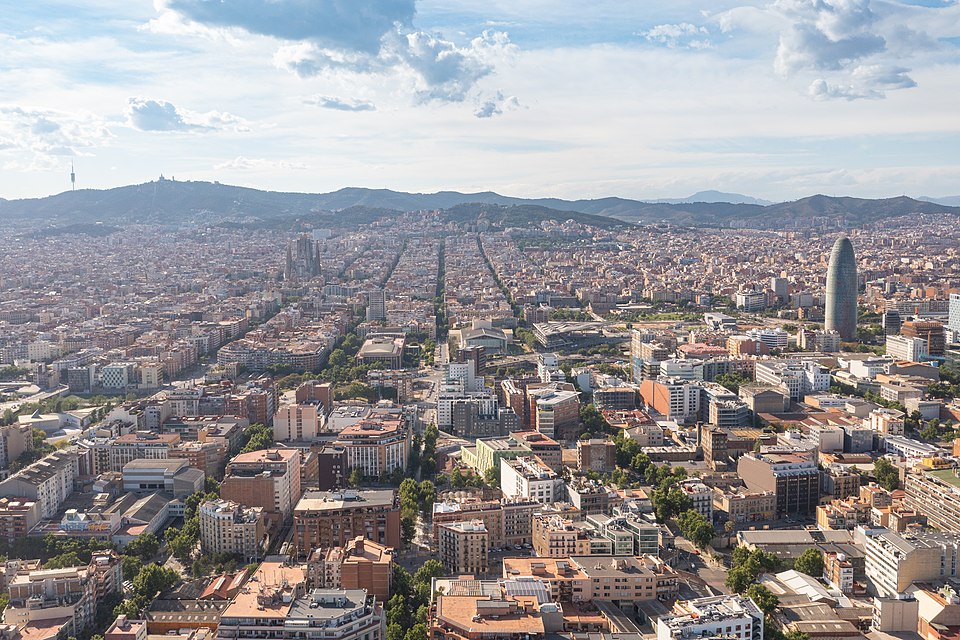

Curated experiences in Barcelona

Casa Mulleras is a house in Barcelona, Spain, located on the Passeig de Gràcia in the Eixample district. Originally built …

The Fabra Observatory (Catalan: Observatori Fabra, IPA: [upsəɾβəˈtɔɾi ˈfaβɾə]; obs. code: 006) is an astronomical observatory located in Barcelona, Catalonia, …

The Palau Baró de Quadras is a small modernista palace located in Barcelona on Avinguda Diagonal, equidistant from La Pedrera …

The so-called Pavellons Güell, or Güell Pavilions, is a complex of buildings in the neighborhood of Pedralbes, Barcelona, by the …

The Chapel of Santa Àgata (Catalan: Capella de Santa Àgata, Spanish: Capilla de Santa Ágata) is a chapel located in …

Santa Maria del Pi (Catalan pronunciation: [ˈsantə məˈɾi.ə ðəl ˈpi], meaning "St. Mary of the Pine") is a 15th-century Gothic …

The Badalona Museum, opened in 1966, hosts the remains of the Roman city of Baetulo. The remains include Roman baths, …

The Balldovina Tower Museum (Catalan: Museu Torre Balldovina) of Santa Coloma de Gramenet in Catalonia, Spain, is a local pluridisciplinary …



The Museu Frederic Marès [muˈzɛw fɾəðəˈɾiɡ məˈɾɛs] is an art and sculpture museum in the Palau Reial Major in Barcelona, …


The Arc de Triomf (Catalan pronunciation: [ˈaɾk də tɾiˈomf]), translated: Arch of Victory, is a memorial arch in Barcelona, Catalonia, …


The Can Tinturé Museum, in Esplugues de Llobregat, is located in a house built at the end of the 19th …



CosmoCaixa Barcelona (Catalan pronunciation: [ˌkɔzmuˈkaʃə βəɾsəˈlonə]) is a science museum located in Barcelona, Catalonia, Spain. It features a variety of …


Create a personalized itinerary and unlock the finest experiences Barcelona has to offer
Plan Your Trip